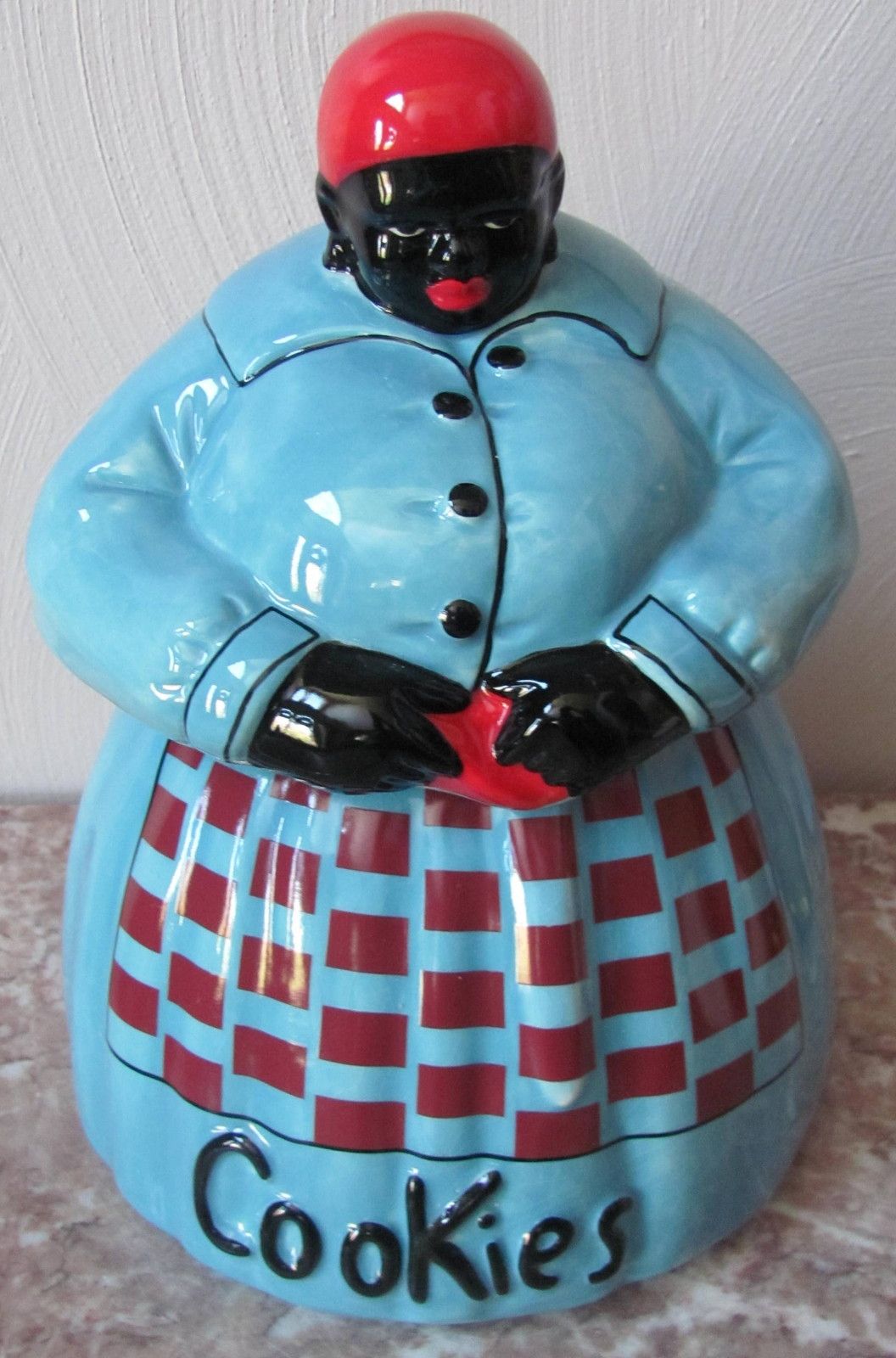
We are starting by removing the image and changing the name said quaker foods north america vice. The name and face of aunt jemima has been part of the branding and packaging of those products under the same name since 1889 according to adweek. Aunt jemima has got to go according to pepsico who announced that it will be dropping the image and rebranding the syrup and pancake mix.

Rutt heard a tune called aunt jemima sung by a black faced performer wearing an apron and bandana headband at a vaudeville show then thought to use the song title as the name for the mix. A nice original still bank. Measures 5 1 4 tall.

The paint shows wear and loss at the high points please see the photos for details. This one features mammy wearing a blue bandana. This is a cast iron mammy or aunt jemima bank made by hubley.

Hubley cast iron mammy bank aunt jemima with blue bandana black americana 59 90. For questions inbox me or imessage me at. A few people asked me how i tie my head scarf to look fashionable well here it is.

In 2001 pepsico purchased the brand. In 1989 aunt jemima s appearance changed and she sported pearl earrings and a lace collar as opposed to the bandana and apron of years passed. The show included the jemima chorus.

Gardella was a blackface performer best known for playing the character on both stage and screen. This aunt jemima was portrayed by the white actress tess gardella. The aunt jemima radio show ran from 1930 to 1942.

Aunt jemima asparagus roll ups recipe 1955 ad.
Aunt jemima blue bandana. Aunt jemima is based on the common enslaved mammy archetype a plump black woman wearing a headscarf who is a devoted and submissive servant. Her skin is dark and dewy with a pearly white smile. Although depictions vary over time they are similar to the common attire and physical features of mammy characters throughout history. Starting at the world s fair in 1893 a formerly enslaved woman named nancy green was the first to travel around the country wearing an apron and bandana as aunt jemima.

Starting at the world s fair in 1893 a formerly enslaved woman named nancy green was the first to travel around the country wearing an apron and bandana as aunt jemima. Although depictions vary over time they are similar to the common attire and physical features of mammy characters throughout history. Her skin is dark and dewy with a pearly white smile.

Aunt jemima is based on the common enslaved mammy archetype a plump black woman wearing a headscarf who is a devoted and submissive servant.











